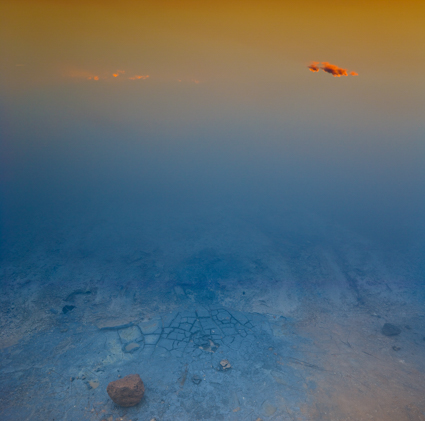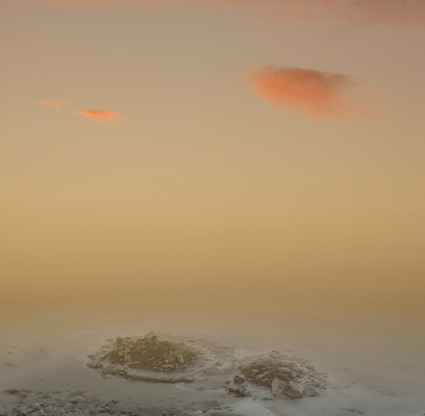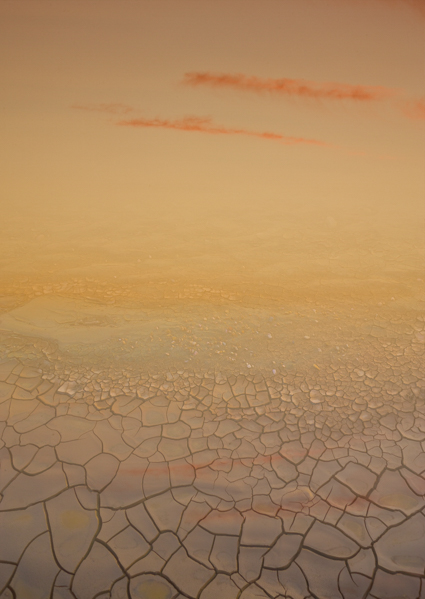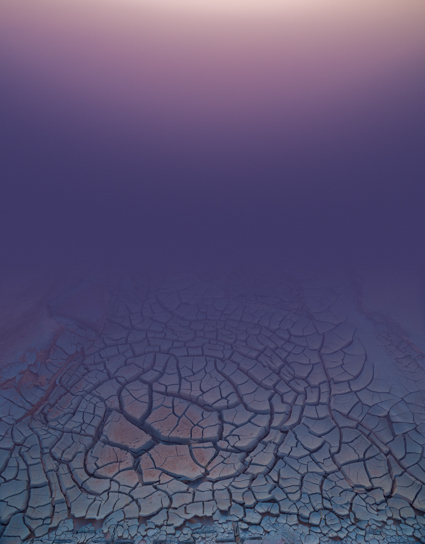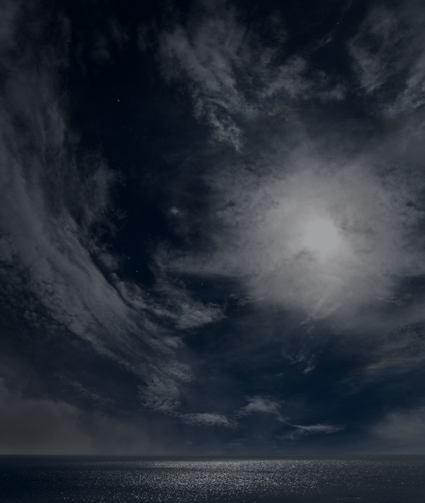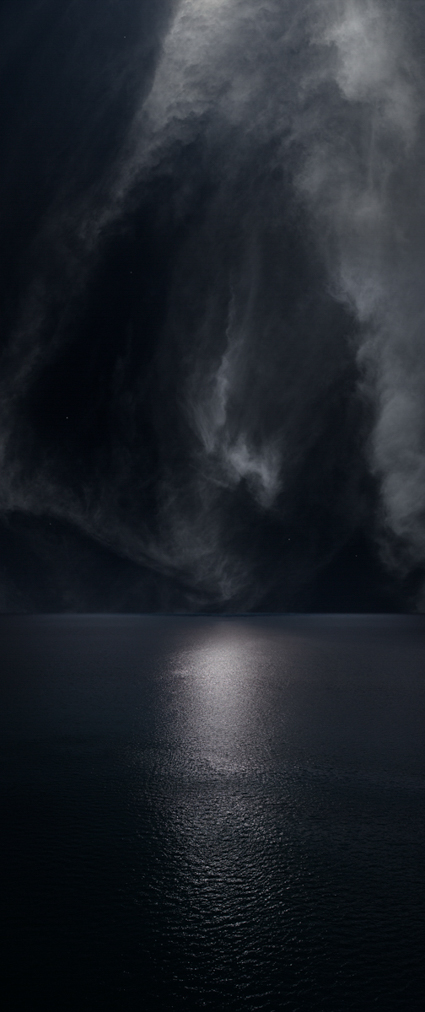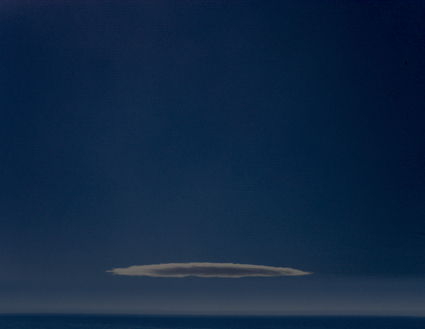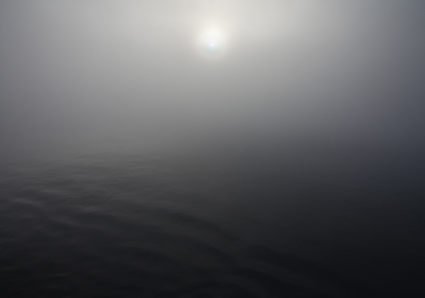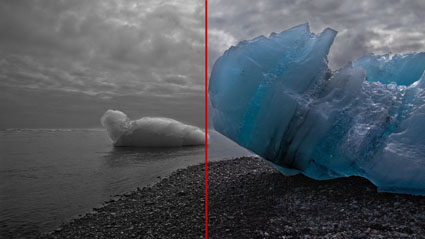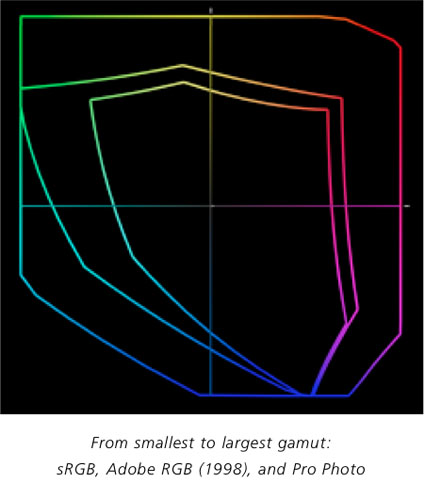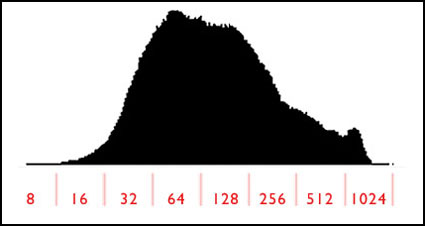Firefly Invisible Ink
Jon Cone’s Inkjet Mall recently introduced Firefly Invisible Ink, an inkiest designed for viewing prints under black light only.
“Firefly™ ink is a sophisticated encapsulated dye ink that is invisible in ordinary daylight. Turn off the lights and expose with a black light and the color is vibrant and life-like. We make Firefly inks in cyan, lt cyan, magenta, lt magenta, yellow and white. Because the inks are invisible and require UV light in order to be seen, images must be printed in a false color in order to appear normal under black light. We produced Firefly™ ink Image Converter software so you do not need to experiment. You can open an image, convert it and save it as jpg or png file to print in any software of your choosing. We also put in some expert tools for those who wish to experiment.”
Kudos for innovation.
All bets are off on longevity.
Learn more about Firefly Invisible Ink here.
Learn more with my online digital printing resources.
Learn more in my digital printing workshops.


